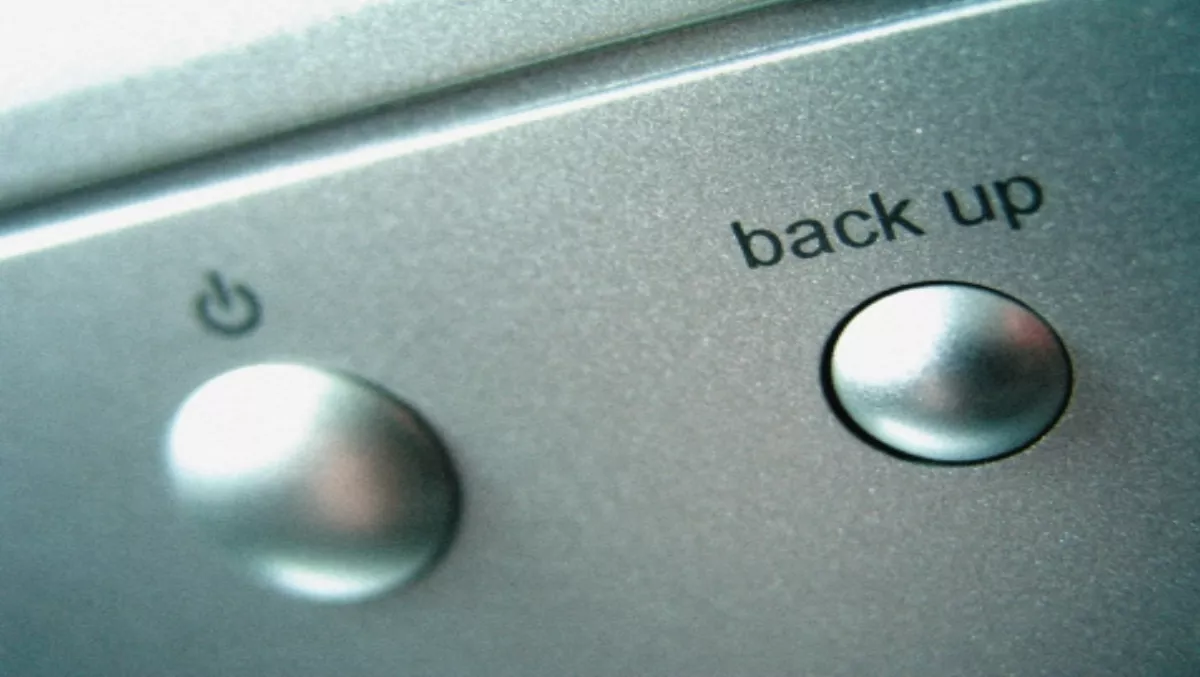
Why it's essential to back up effectively in a virtual world
Real-time recovery helps push the benefits of virtualisation out to backup and recovery, says Greg Wyman, StorageCraft vice president.
Virtualisation has cut costs, improved productivity and reduced complexity in the IT environment. Now similar benefits are available for backup and recovery.
Real-time recovery (RTR) vendors are able to help to free organisations from the pains associated with traditional file based backup, recovery and disaster recovery products for their virtual, physical and cloud servers.
RTR technology allows companies to eliminate both backup and recovery windows, and cut the cost and complexity of managing backup processes. This promises simplified infrastructure, lower costs and improved recoverability that delivers true business continuity.
Backing up at the individual VM guest level unquestionably delivers better reliability and recoverability, however, traditional file based backup products typically deliver terrible performance.
So we are seeing a strong migration from file based to sector-based RTR solutions that protect data and databases as well as complete operating systems at the sector level. Now mature technology, RTR supports a process called continuous incrementals.
This performs a base (full) backup once, then backs up only sectors that change. Combine this processwith real-time backups every 15 minutes, and the volume of change typically is tiny. The impact on guest, host, networks and users is minimal.
The key benefit is that all data can be recovered in seconds to any 15 minute point in time. Even an entire VM guest can be restored in minutes in the event of a critical problem.
Reliability
Many traditional products back up hosts and guests over a SAN. But what happens if the host, or even worse, the SAN fails?
Possibly a catastrophic impact on a business with extended downtime and the potential to lose large amounts of data. Using an RTR solution allows backups on the SAN for performance and scalability, while offering the option to replicate backups from the SAN to an appliance.
So if a host crashes or the SAN fails, all the required VM guests can be spun up in minutes to any available 15-minute point in time. This process delivers impressive recovery time objectives (RTOs) of minutes and recovery point objectives (RPOs) of no more than 15 minutes – even after a complete SAN failure.
Having a single unified backup technology focused on recovery across physical, virtual and cloud- based servers helps to reduce cost and complexity for most businesses.
With the rise of multiple hypervisors and platforms, companies should ensure that all the major platforms are supported, including VMware, Hyper-V, Citrix Zen Server and Zen Desktop, Oracle VirtualBox andRed Hat KVM, to ensure maximum flexibility and portability of the virtual backup platform of choice.
The best RTR solutions deliver 6-in-1 protection: recovery, replication, migration, testing and enterprise disaster recovery to companies with virtual infrastructures.

